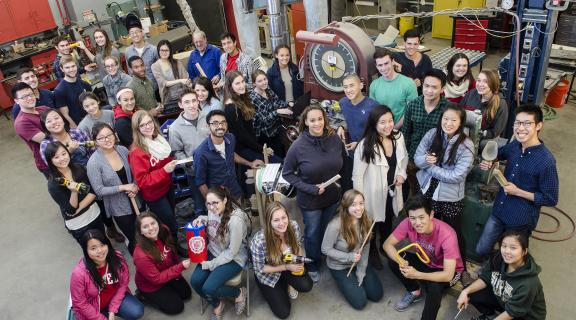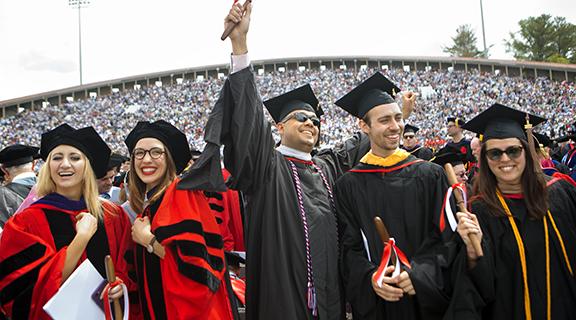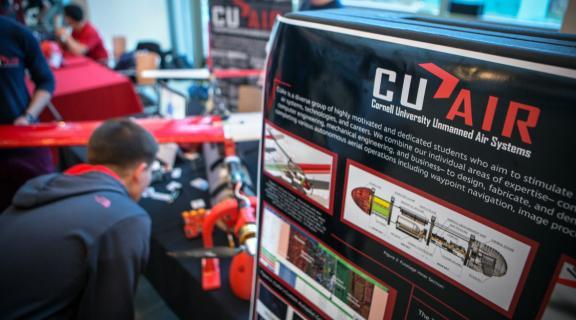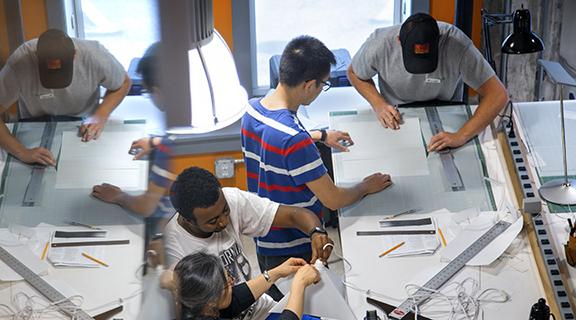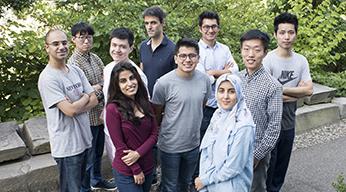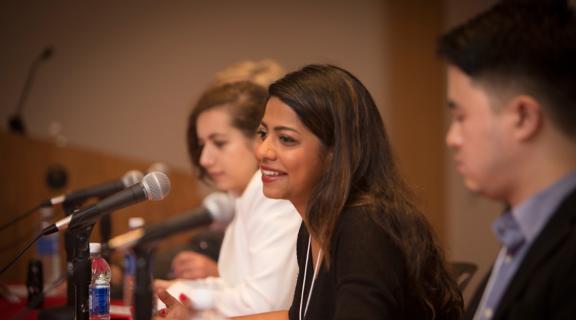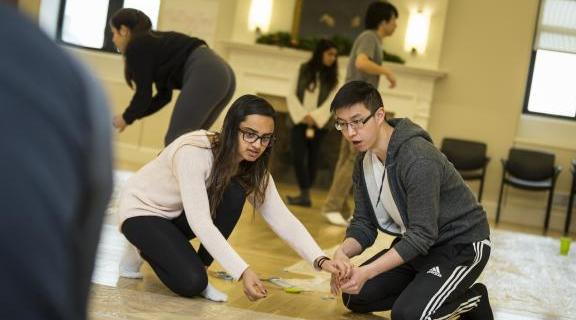
Admissions
Why Cornell Engineering?
"Scientists study the world as it is; engineers create the world that never has been."—Theodore von Karman
Cornell engineers challenge the status quo and do great things. Steeped in an environment of questioning, and with a focus on innovation, Cornell Engineering pursues excellence in all areas. Its faculty, students, and alumni design, build, and test products, improve the world of medicine, inform and shape our laws, create and drive businesses, become research luminaries, and overcome real and perceived barriers to achieve scientific breakthroughs that advance the quality of life on our planet.
We invite you to learn more about Cornell Engineering and its programs.
Did you know?
Cornell ranks among the top U.S. institutions of higher learning in National Science Foundation funding.
The objectives of Wilfried H. Brutsaert's activities were mostly to develop physically based methods to calculate regional evaporation from natural land surfaces covered with different types of vegetation. One of these approaches makes use of meteorological data (wind speed, temperature, and humidity) observed in the outer regions of the atmospheric boundary. These techniques have been tested and calibrated in a number of large-scale field experiments in various types of terrain.
Elmer Sperry, a Cornell engineering student from 1878 to 1879, invented many navigation and stabilization devices for ships and airplanes—all using the gyroscope. His compasses and stabilizers were adopted by the US Navy and used in both world wars.
In 2013, late Prof. Ephrahim Garcia , and his graduate student Michael W. Shafer (Mechanical Engineering, M.S., 2012; Ph.D., 2013) invented a “bird backpack” weighing less than 12 grams. The devices are self-powered and provide a way to collect data from migrating birds without having to recharge batteries or weigh the bird down.
In 1933 Ralph Mosser Barnes was awarded the first PhD worldwide in Industrial Engineering for his dissertation “Practical and Theoretical Aspects of Micromotion Study” . It was retooled into the 1937 text, Motion and Time: Design and Measurement in Work, that sold 300,000 copies:, forming a quantitative basis for analyzing the industrial production process, including such applications as movements required for typing and the commercial folding of napkins .


